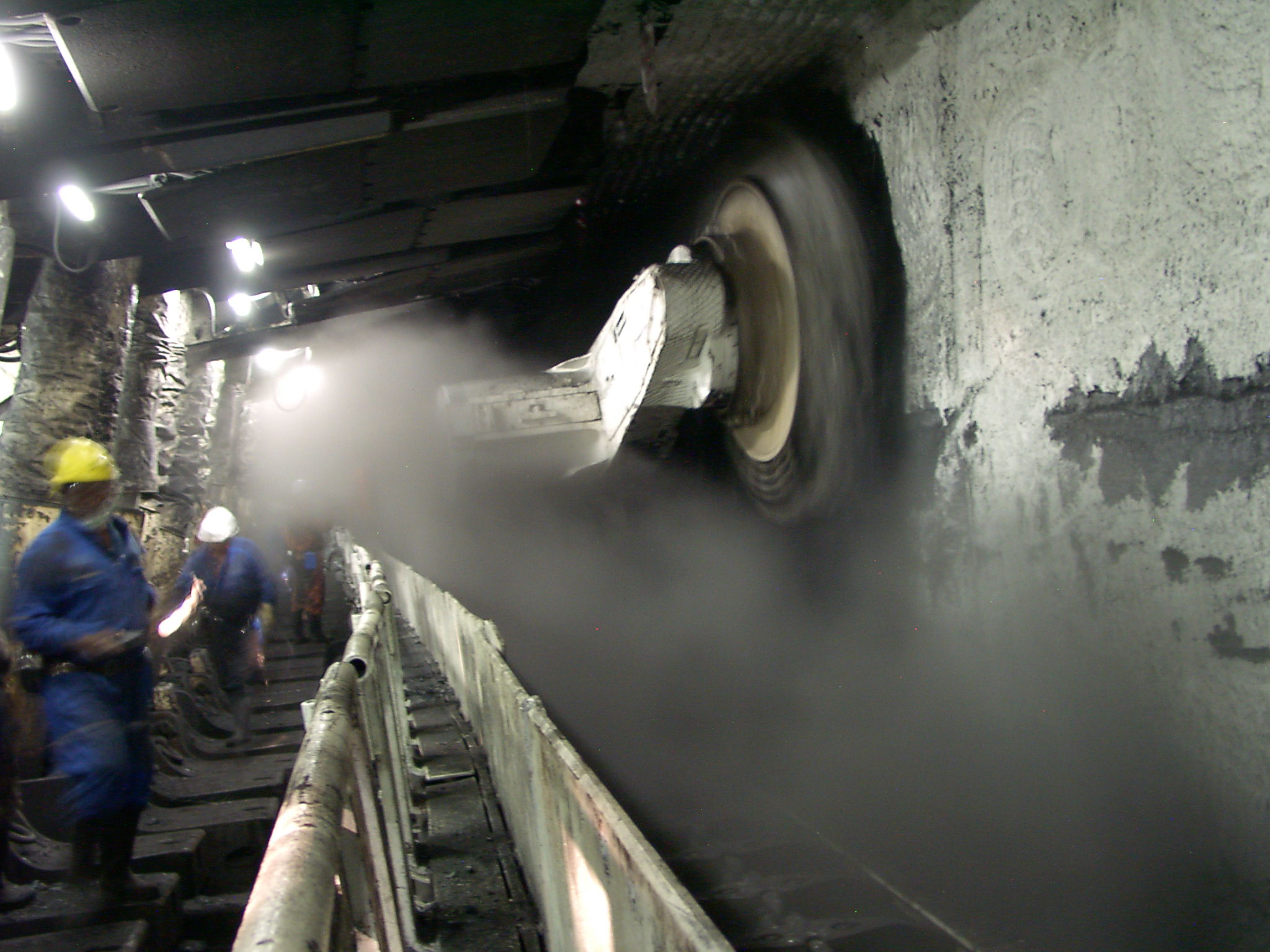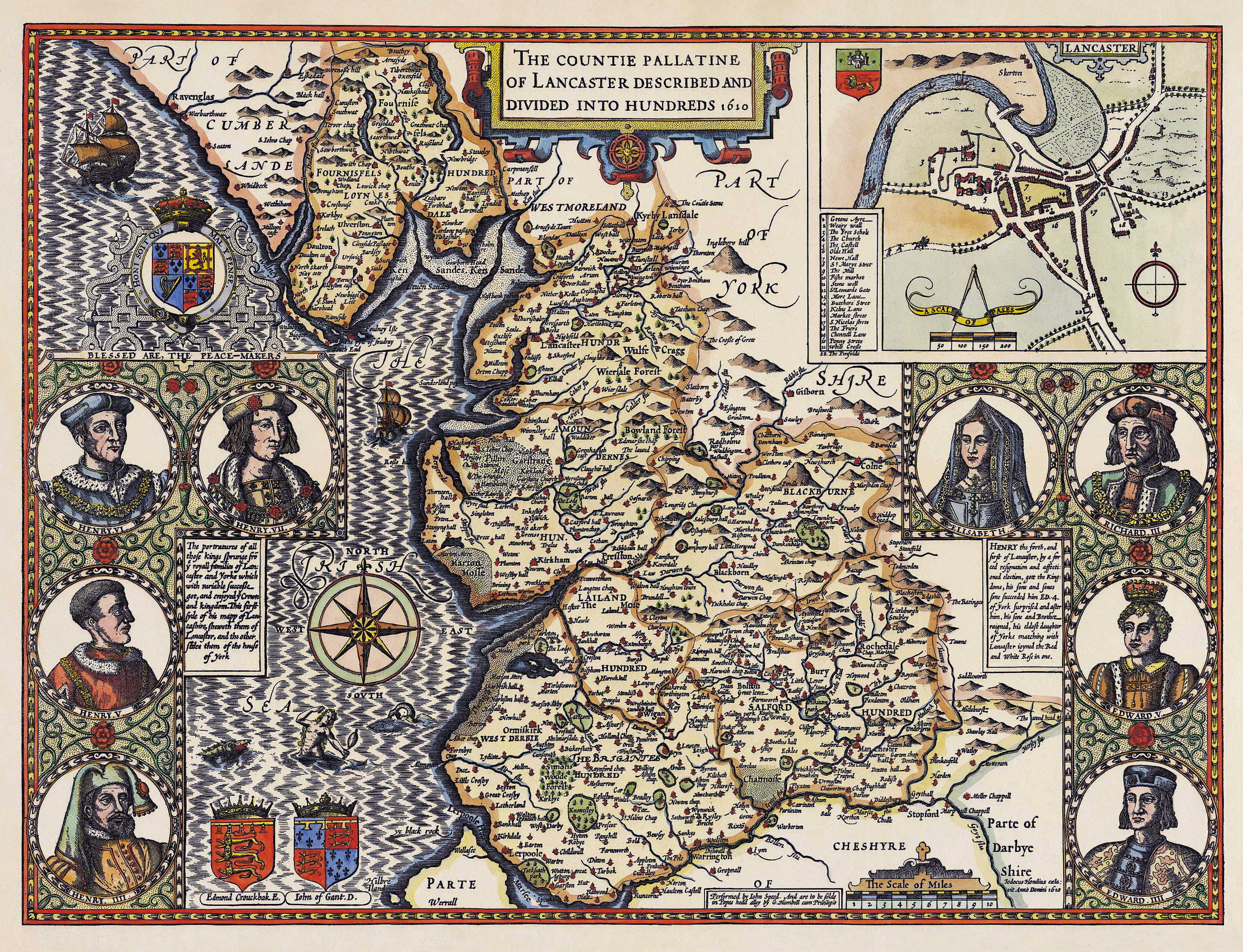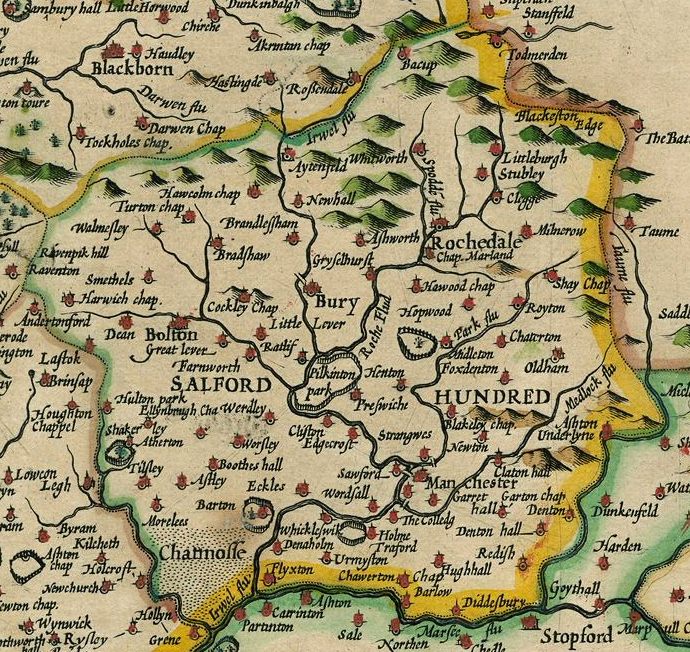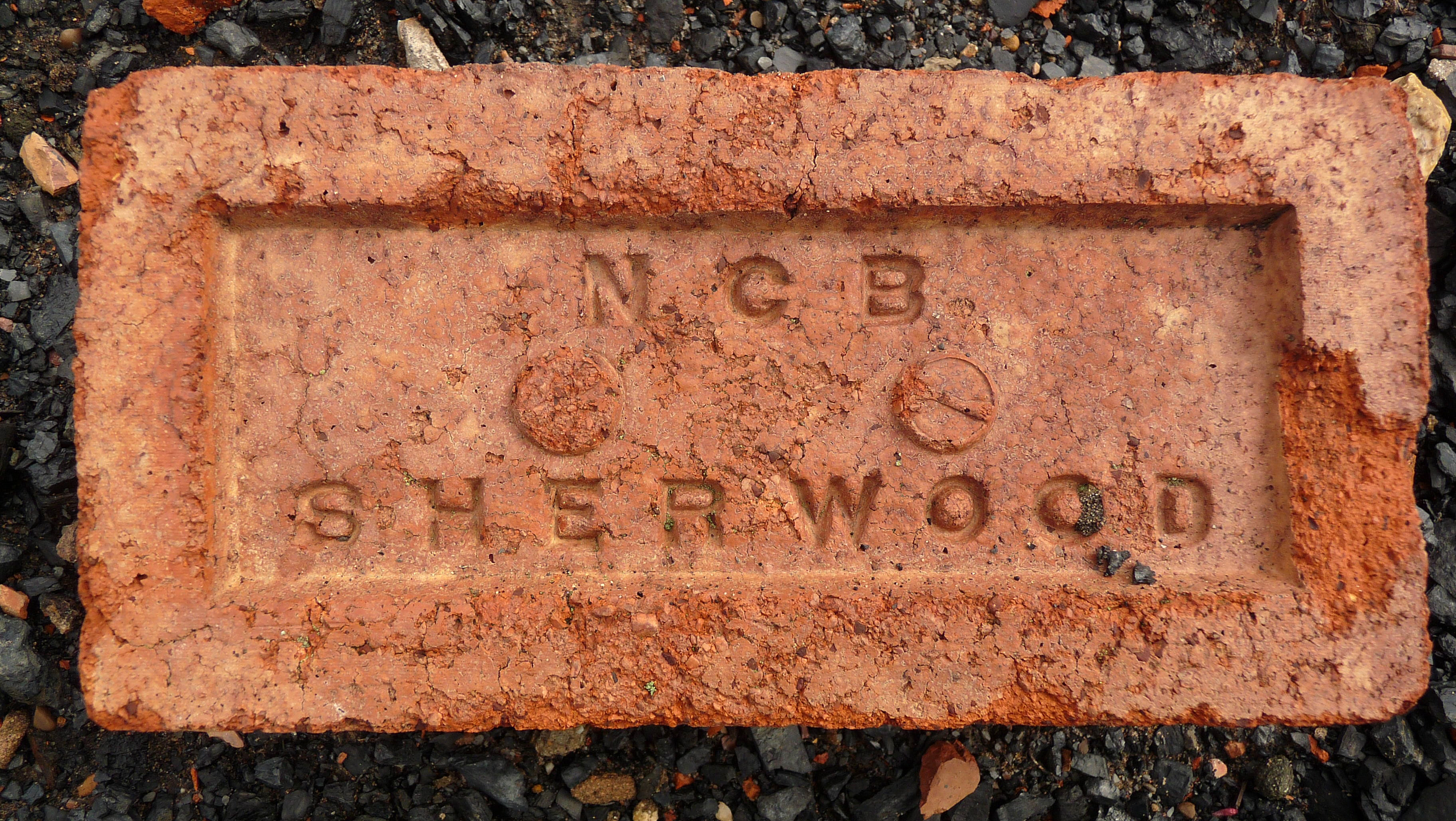|
Bradford, Manchester
Bradford is a district of east Manchester, England, two miles north east of the city centre. The population at the 2011 census was 15,784. Historically in Lancashire, after the closure of its heavy industries Bradford was for many years an economically deprived area but has undergone regeneration with the building of the City of Manchester Stadium which hosted the 2002 Commonwealth Games and is now home to Manchester City F.C. Bradford is neighboured by Beswick to the south and the two areas are sometimes referred to as Bradford-with-Beswick. The River Medlock and the Ashton Canal run through Bradford. History The name of the area is ancient and in 1196 the village was recorded as Bradeford, meaning the broad ford. Up to the Industrial Revolution, it was rural with woodland, pastures and brooks. Wolves and eagles once inhabited the woodlands and honey production was part of the local economy. Coal mining From Tudor times (1485–1603), sufficient coal was mined to supply ... [...More Info...] [...Related Items...] OR: [Wikipedia] [Google] [Baidu] |
Manchester
Manchester () is a city in Greater Manchester, England. It had a population of 552,000 in 2021. It is bordered by the Cheshire Plain to the south, the Pennines to the north and east, and the neighbouring city of City of Salford, Salford to the west. The two cities and the surrounding towns form one of the United Kingdom's most populous conurbations, the Greater Manchester Built-up Area, which has a population of 2.87 million. The history of Manchester began with the civilian settlement associated with the Roman Britain, Roman fort (''castra'') of ''Mamucium'' or ''Mancunium'', established in about AD 79 on a sandstone bluff near the confluence of the rivers River Medlock, Medlock and River Irwell, Irwell. Historic counties of England, Historically part of Lancashire, areas of Cheshire south of the River Mersey were incorporated into Manchester in the 20th century, including Wythenshawe in 1931. Throughout the Middle Ages Manchester remained a manorialism, manorial Township ( ... [...More Info...] [...Related Items...] OR: [Wikipedia] [Google] [Baidu] |
Bradford Colliery
Bradford Colliery was a coal mine in Bradford, Manchester, England. Although part of the Manchester Coalfield, the seams of the Bradford Coalfield correspond more closely to those of the Oldham Coalfield. The Bradford Coalfield is crossed by a number of fault lines, principally the Bradford Fault, which was reactivated by mining activity in the mid-1960s. Coal had been mined at Bradford since at least the early 17th century, when the area around the pits was largely rural; it became increasingly built-up and industrialised as nearby Manchester expanded during the 19th century. Coal was transported from the colliery by canal and railway, but most was consumed locally by the adjacent Bradford Ironworks. In the mid-20th century a 469-yard (420 m) tunnel was dug to supply coal directly to the Stuart Street Power Station. Damage to buildings in the area around the colliery caused by subsidence led to it becoming uneconomic despite its sitting on large reserves of high-quality c ... [...More Info...] [...Related Items...] OR: [Wikipedia] [Google] [Baidu] |
Manchester (ancient Parish)
Manchester was an ancient ecclesiastical parish of the hundred of Salford, in Lancashire, England. It encompassed several townships and chapelries, including the then township of Manchester (now Manchester city centre). Other townships are now parts of the Anglican Diocese of Manchester and/or Greater Manchester. In the Domesday Book the parish of Manchester is recorded as including St Michael's Church in Ashton-under-Lyne as well as the mother church of St Mary's in Manchester. Although by the 13th century Ashton had formed its own separate parish, the advowson was held by Manchester as late as 1458. Townships In 1866 the townships became recognised as separate civil parishes. Part, but not all, of this area was in the municipal borough of Manchester, which expanded with the decades. In 1896 the parishes of the City of Manchester outside the remaining Manchester parish were re-organised as North Manchester and South Manchester parishes, which were themselves re-organised ... [...More Info...] [...Related Items...] OR: [Wikipedia] [Google] [Baidu] |
County Palatine
In England, Wales and Ireland a county palatine or palatinate was an area ruled by a hereditary nobleman enjoying special authority and autonomy from the rest of a kingdom. The name derives from the Latin adjective ''palātīnus'', "relating to the palace", from the noun ''palātium'', "palace". It thus implies the exercise of a ''quasi''-royal prerogative within a county, that is to say a jurisdiction ruled by an earl, the English equivalent of a count. A duchy palatine is similar but is ruled over by a duke, a nobleman of higher precedence than an earl or count. The nobleman swore allegiance to the king yet had the power to rule the county largely independently of the king. It should therefore be distinguished from the feudal barony, held from the king, which possessed no such independent authority. Rulers of counties palatine created their own feudal baronies, to be held directly from them ''in capite'', such as the Barony of Halton. County palatine jurisdictions were crea ... [...More Info...] [...Related Items...] OR: [Wikipedia] [Google] [Baidu] |
Salford (hundred)
The Salford Hundred (also known as Salfordshire) was one of the subdivisions of the historic county of Lancashire, in Northern England (see:Hundred (county division). Its name alludes to its judicial centre being the township of Salford (the suffix ''- shire'' meaning the territory was appropriated to the prefixed settlement). It was also known as the Royal Manor of Salford and the Salford wapentake.. Origins The Manor or Hundred of Salford had Anglo-Saxon origins. The ''Domesday Book'' recorded that the area was held in 1066 by Edward the Confessor. Salford was recorded as part of the territory of ''Inter Ripam et Mersam'' or "Between Ribble and Mersey", and it was included with the information about Cheshire, though it cannot be said clearly to have been part of Cheshire. The area became a subdivision of the County Palatine of Lancaster (or Lancashire) on its creation in 1182. Salford Hundred Court In spite of its incorporation into Lancashire, Salford Hundred retained a ... [...More Info...] [...Related Items...] OR: [Wikipedia] [Google] [Baidu] |
Gasometer
A gas holder or gasholder, also known as a gasometer, is a large container in which natural gas or town gas is stored near atmospheric pressure at ambient temperatures. The volume of the container follows the quantity of stored gas, with pressure coming from the weight of a movable cap. Typical volumes for large gas holders are about , with diameter structures. Gas holders now tend to be used for balancing purposes to ensure that gas pipes can be operated within a safe range of pressures, rather than for actually storing gas for later use. Etymology Antoine Lavoisier devised the first gas holder, which he called a ''gazomètre'', to assist his work in pneumatic chemistry. It enabled him to weigh the gas in a pneumatic trough with the precision he required. He published his ''Traité Élémentaire de Chimie'' in 1789. James Watt Junior collaborated with Thomas Beddoes in constructing the pneumatic apparatus, a shortlived piece of medical equipment that incorporated a ''gazo ... [...More Info...] [...Related Items...] OR: [Wikipedia] [Google] [Baidu] |
Stuart Street Power Station
Stuart Street Power Station was a coal-fired power station in Bradford, Manchester, England. History The station was built in 1900, and equipped with six Yates and Thom, 2,500 hp steam engines, each engine driving an Electrical Co. Ltd, 1,500 kW, three-phase alternator, giving an output of 6,500V at 50 Hz. Babcock & Wilcox supplied 24 boilers fitted with mechanical stokers. In 1904, two Wallsend Slipway & Engineering Company, 6000 hp, marine triple-expansion steam engines were installed, each driving a 3,750 kW, 6,500V, three-phase flywheel alternator. Twelve extra boilers by Babcock & Wilcox were installed to drive the new engines. The plant's first turbine-driven generator was installed in 1907. In 1920, the power station was, with Liverpool Docks, a target for an IRA plot involving its destruction. The plot was foiled when documents were captured and published. In 1923 the generators at Stuart Street comprised 1 × 5,000 kW, 3 × 6,000 kW, 1 ... [...More Info...] [...Related Items...] OR: [Wikipedia] [Google] [Baidu] |
National Coal Board
The National Coal Board (NCB) was the statutory corporation created to run the nationalised coal mining industry in the United Kingdom. Set up under the Coal Industry Nationalisation Act 1946, it took over the United Kingdom's collieries on "vesting day", 1 January 1947. In 1987, the NCB was renamed the British Coal Corporation, and its assets were subsequently privatised. Background Collieries were taken under government control during the First and Second World Wars. The Sankey Commission in 1919 gave R. H. Tawney, Sidney Webb and Sir Leo Chiozza Money the opportunity to advocate nationalisation, but it was rejected. Coal reserves were nationalised during the war in 1942 and placed under the control of the Coal Commission, but the mining industry remained in private hands. At the time, many coal companies were small, although some consolidation had taken place in the years before the war. Formation and organisation The NCB was one of a number of public corporations ... [...More Info...] [...Related Items...] OR: [Wikipedia] [Google] [Baidu] |
Manchester Collieries
Manchester Collieries was a coal mining company with headquarters in Walkden formed from a group of independent companies operating on the Manchester Coalfield in 1929. The Mining Industry Act of 1926 attempted to stem the post-war decline in coal mining and encourage independent companies to merge in order to modernise and better survive the economic conditions of the day. Robert Burrows of the Atherton company Fletcher Burrows proposed a merger of several independent companies operating to the west of Manchester. The merger was agreed and took place in March 1929. Constituent companies The constituent companies of Manchester Collieries in 1929 were Fletcher, Burrows and Company who owned the Howe Bridge, Gibfield and Chanters Collieries in Atherton, Andrew Knowles and Sons, the Clifton and Kersley Coal Company, John Speakman and Sons owners of Bedford Colliery in Leigh, Bridgewater Collieries who operated pits in Little Hulton, Walkden and Mosley Common and the Astley ... [...More Info...] [...Related Items...] OR: [Wikipedia] [Google] [Baidu] |
Firebrick
A fire brick, firebrick, or refractory is a block of ceramic material used in lining furnaces, kilns, fireboxes, and fireplaces. A refractory brick is built primarily to withstand high temperature, but will also usually have a low thermal conductivity for greater energy efficiency. Usually dense firebricks are used in applications with extreme mechanical, chemical, or thermal stresses, such as the inside of a wood-fired kiln or a furnace, which is subject to abrasion from wood, fluxing from ash or slag, and high temperatures. In other, less harsh situations, such as in an electric- or natural gas-fired kiln, more porous bricks, commonly known as "kiln bricks", are a better choice. They are weaker, but they are much lighter and easier to form and insulate far better than dense bricks. In any case, firebricks should not spall, and their strength should hold up well during rapid temperature changes. Manufacture In the making of firebrick, fireclay is fired in the kiln until ... [...More Info...] [...Related Items...] OR: [Wikipedia] [Google] [Baidu] |
Bradford Colliery Brickworks
Bradford Colliery Brickworks operated on the site of the Bradford Colliery in Bradford, Greater Manchester, then in the historic county of Lancashire, England, between the early 1870s and 1903. To exploit the seams of fireclay Fire clay is a range of refractory clays used in the manufacture of ceramics, especially fire brick. The United States Environmental Protection Agency defines fire clay very generally as a "mineral aggregate composed of hydrous silicates of alumin ... found between the coal seams, colliery manager Edward Williams built a large kiln to a design patented in 1870 by Friedrich Hoffmann, which permitted the continuous production of bricks. One of the largest brick-making facilities in the area, the kiln was more than long and wide, and probably contained 12–14 separate firing chambers. The kiln fell into disuse after the colliery's fireclay workings were abandoned in 1903, and it was eventually demolished in the late 1940s. An archaeological excavation carri ... [...More Info...] [...Related Items...] OR: [Wikipedia] [Google] [Baidu] |






